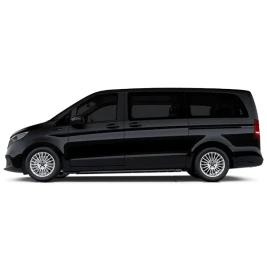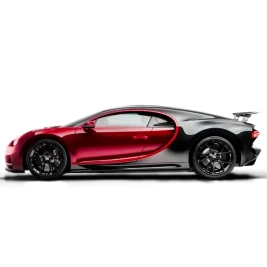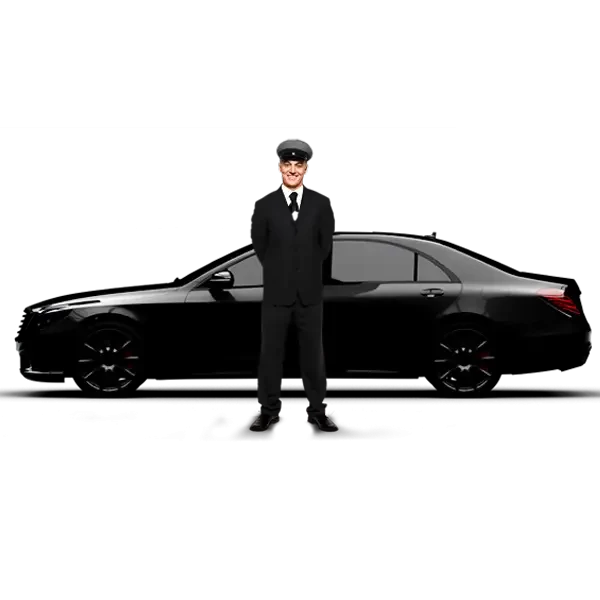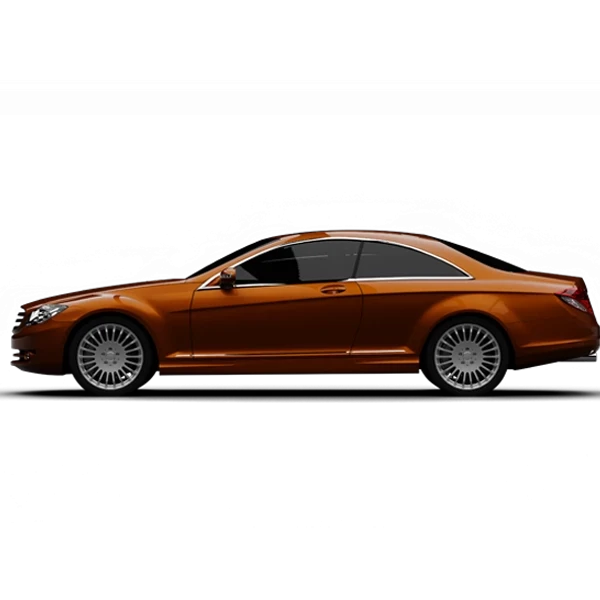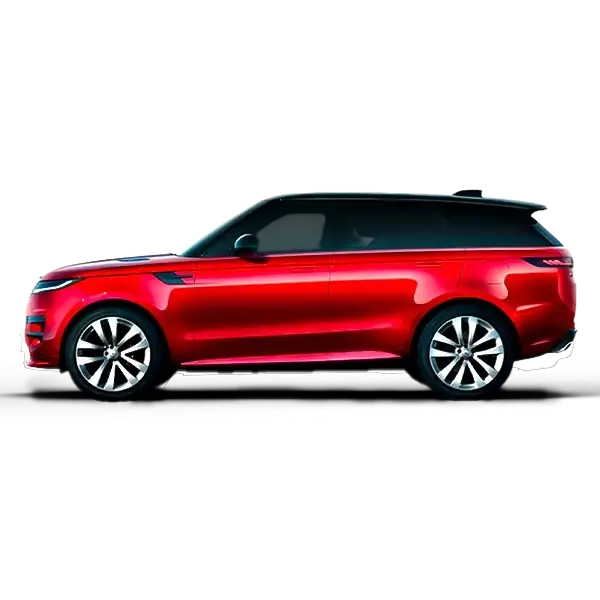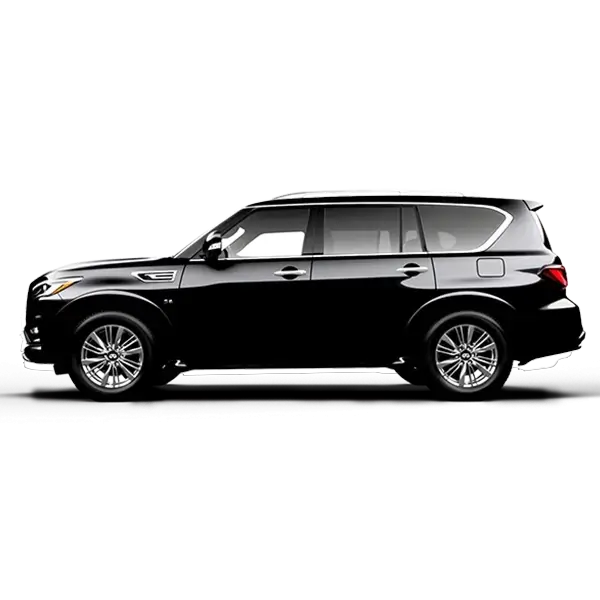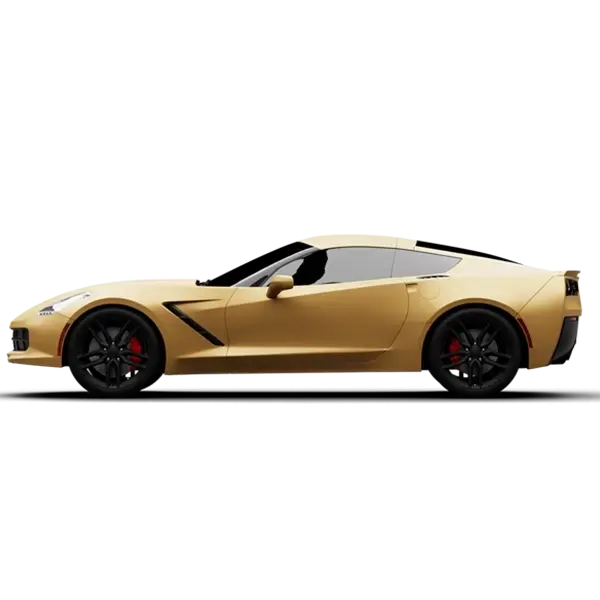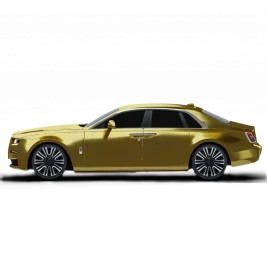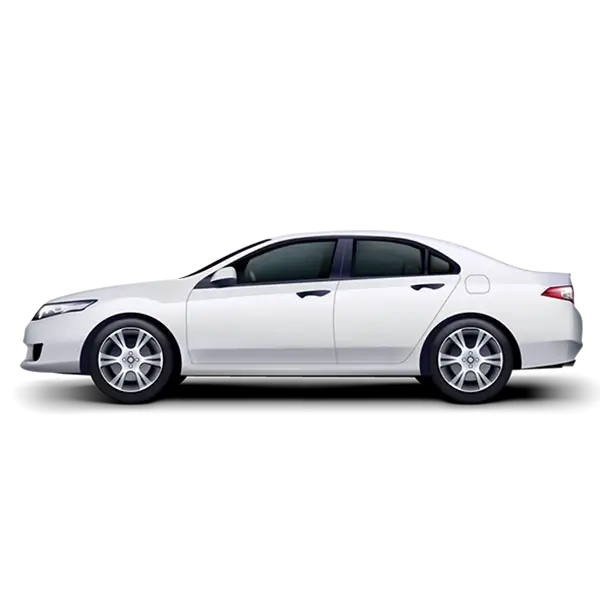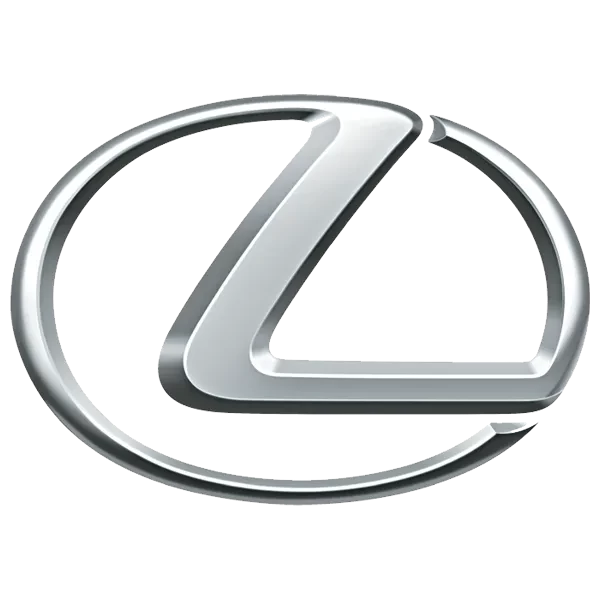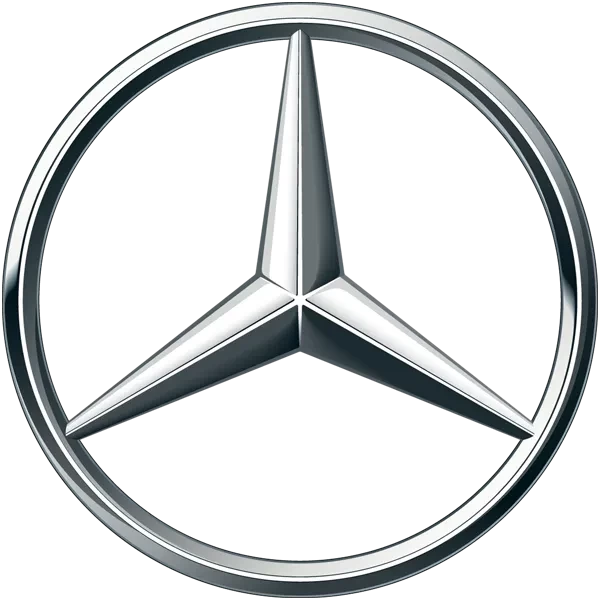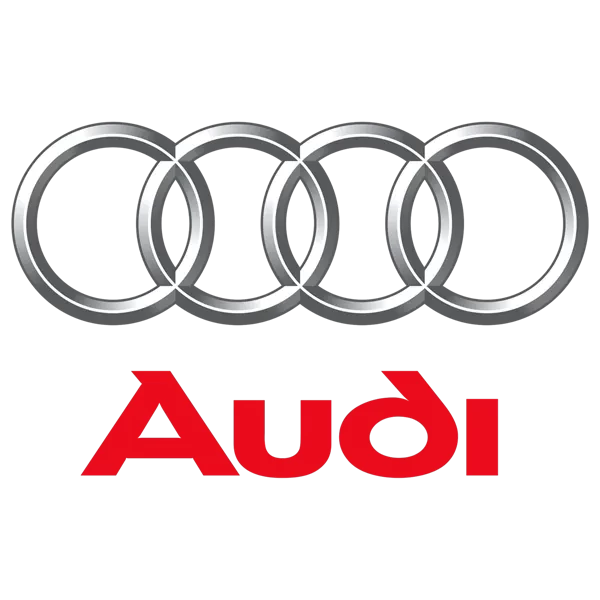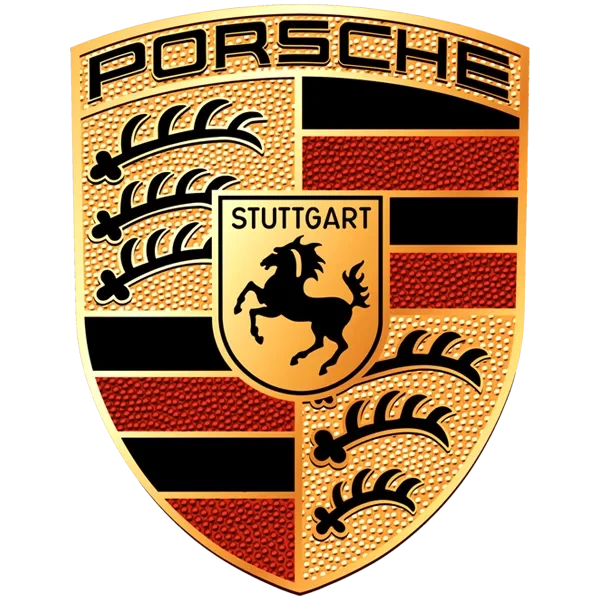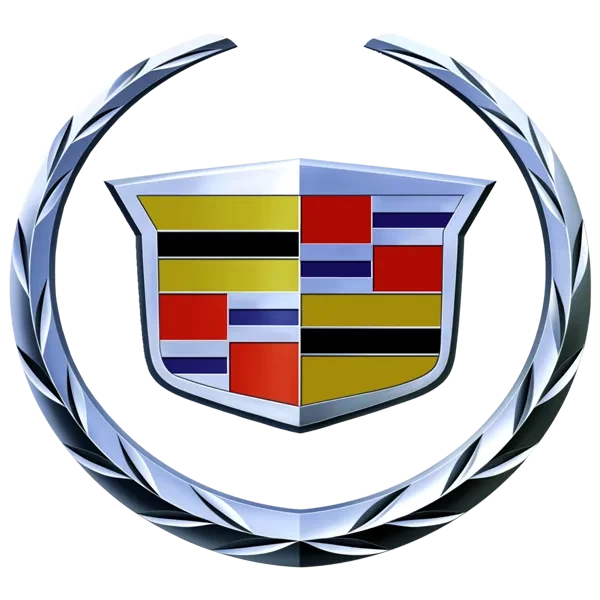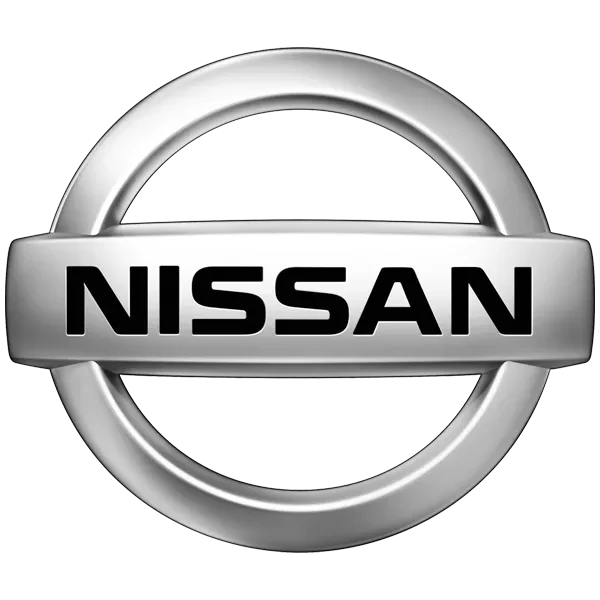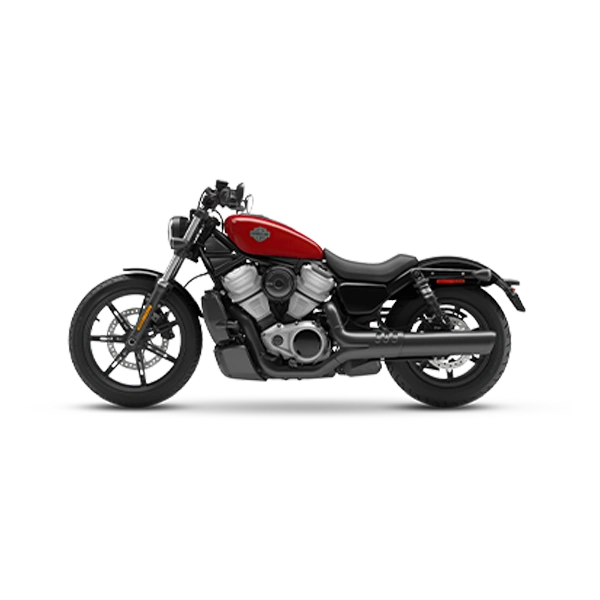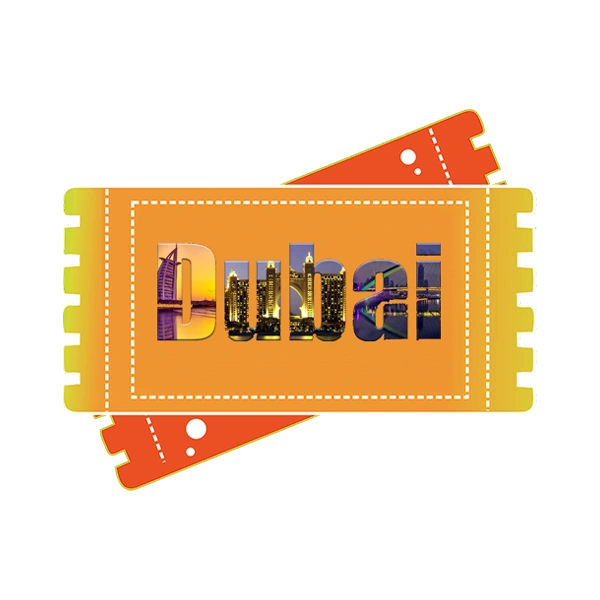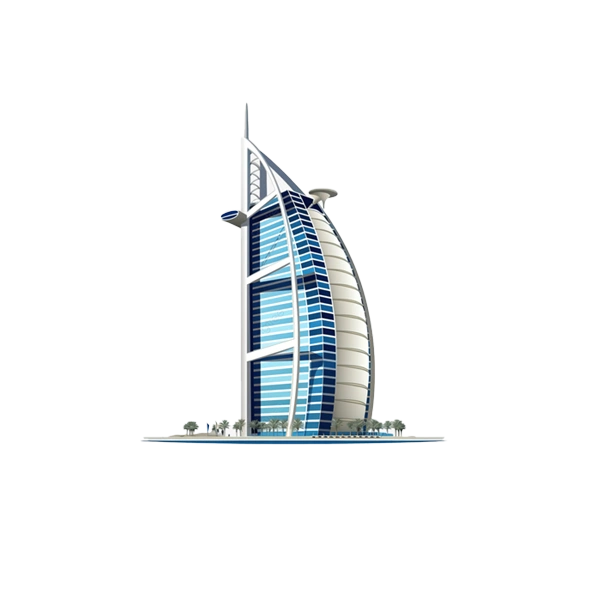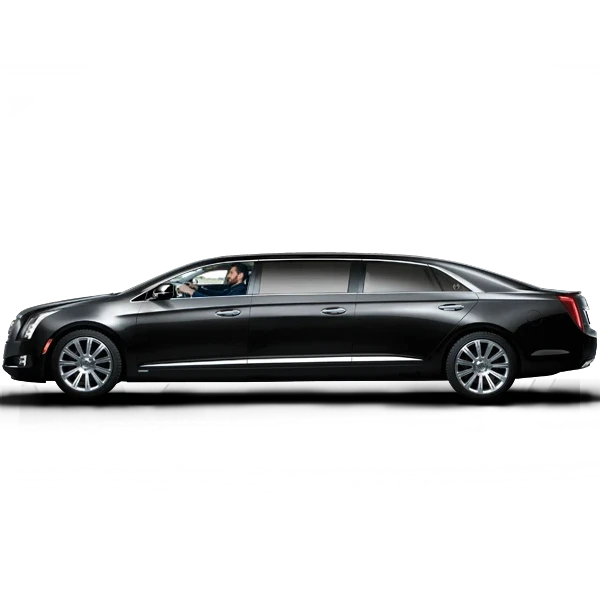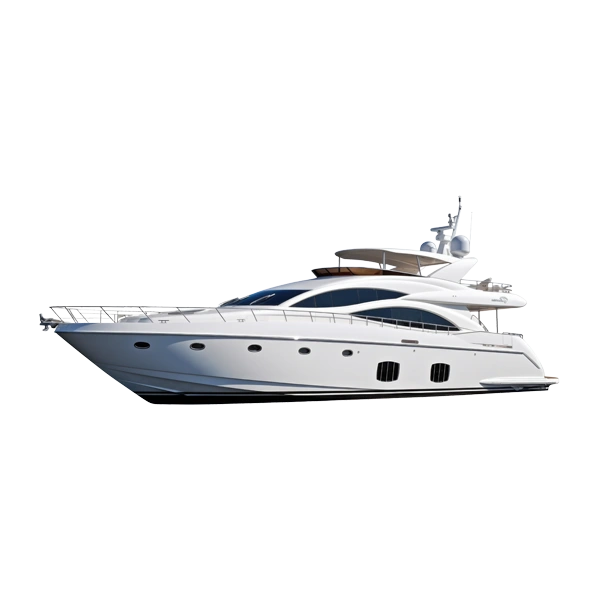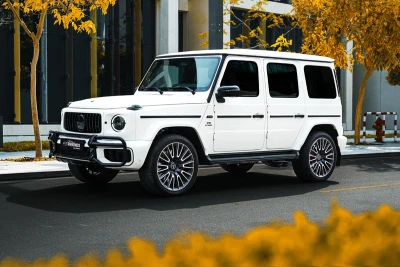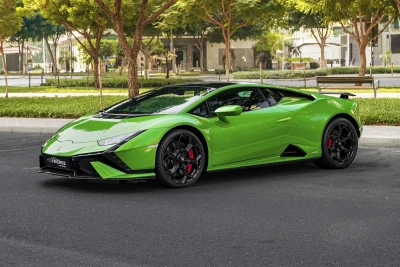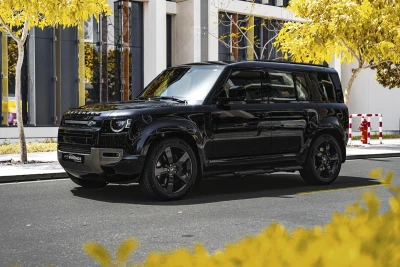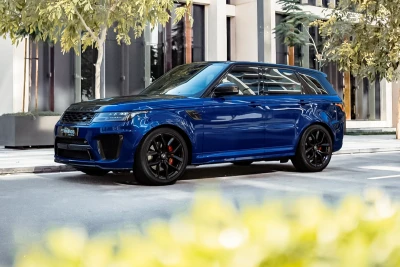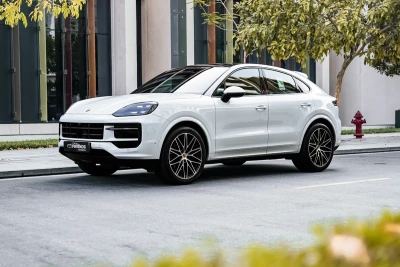EU Vs GCC Spec Cars: Which is Best For the UAE?
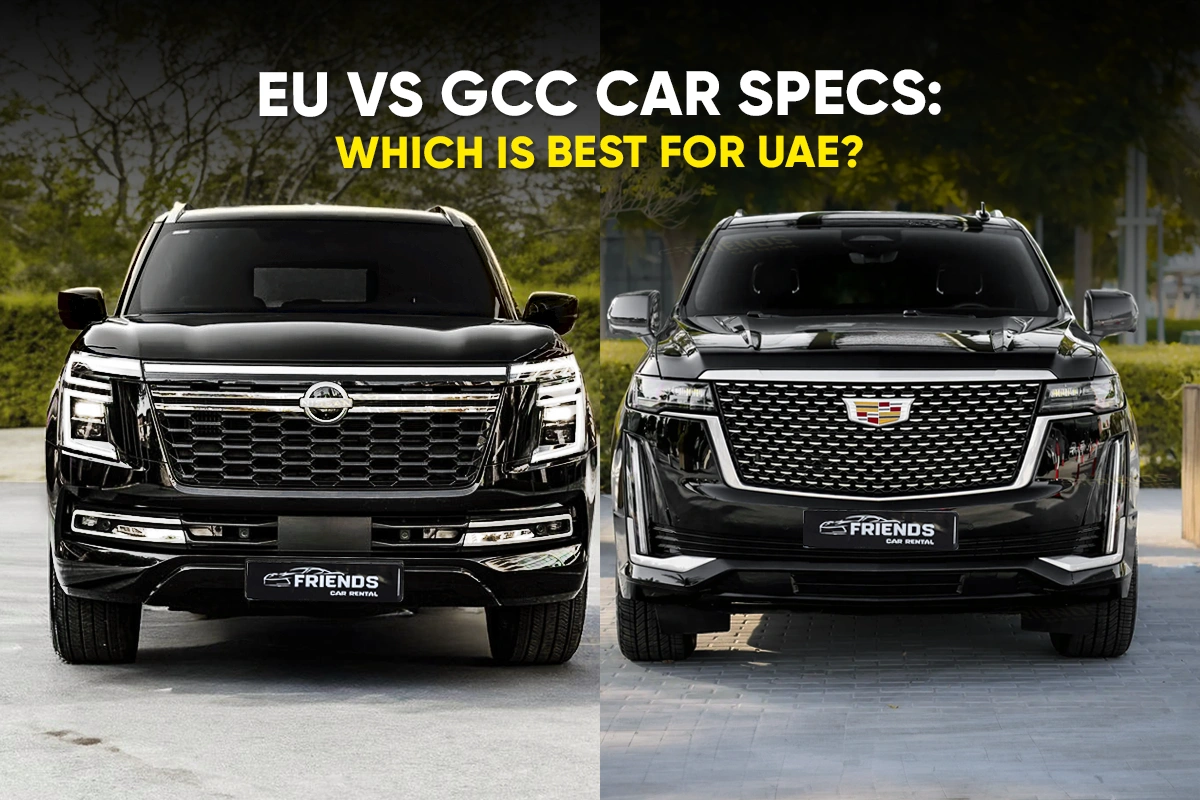
EU vs GCC car specs is often a major dilemma among first-time car buyers, as EU-spec vehicles offer affordability while GCC-spec cars offer reliability. So, which is the better choice for UAE buyers? This article will break down their key differences and pros & cons, offering you the ideal choice for the UAE.
The choice between an EU-spec and a GCC-spec car is a long-standing debate in the UAE market. This is because they offer different sets of convenience to buyers. An EU-spec vehicle is appealing due to a lower initial price or specific features. On the other hand, GCC-spec cars have superior durability with customized features. However, the key differences extend further than these. Let’s dive in and explore them.
What Are GCC Specs?
So, what exactly do the GCC Specs mean? The GCC car specs refer to vehicles engineered specifically for the Gulf Cooperation Council (GCC) countries, including the UAE, to meet Gulf Standardization Organization (GSO) standards.
These are basically adaptations that ensure reliability in the region's extreme heat, dust, and humidity, featuring enhanced air conditioning for rapid cooling and heavy-duty dust filters to combat sandy conditions.
Key GCC features include:
Larger radiators for superior engine cooling in 50°C+ temperatures.
Corrosion-resistant coatings to fight coastal humidity and salt.
Reinforced air filters and intakes for sandstorm protection.
Upgraded suspensions for diverse road conditions.
How to Check If Your Car Is GCC Spec?
Do the following to check if you car has GCC specs:
Decode the VIN (on dashboard or door jamb): Look for "W" prefix or GCC codes (e.g., AA-AF in positions 7-8).
Inspect the chassis plate on the driver's door: Seek Arabic text and GSO stamp or triangle homologation label.
Verify manufacturer stickers in the engine bay or glovebox for GCC compliance.
For UAE buyers, GCC specs offer key benefits like higher resale value—often 10-20% more than imports. They also have full local warranty support from authorized dealers, simplifying maintenance and insurance.
What Are EU Specs?
In simple terms, EU car specs refer to vehicles manufactured to comply with European Union (EU) regulations, including the General Safety Regulation 2 (GSR2) and Euro emissions standards.
These adaptations prioritize safety and environmental performance across Europe's varied climates. They feature advanced driver assistance systems (ADAS) like intelligent speed assistance and enhanced pedestrian protection for urban and rural driving.
Key EU features include:
Intelligent Speed Assistance (ISA) and Autonomous Emergency Braking (AEB) for proactive collision avoidance.
Driver drowsiness detection and reversing sensors to prevent accidents.
Pedestrian-optimized bumpers and hoods to minimize injury risks.
Euro 7 emissions systems for lower CO2 output and urban access compliance.
The features mostly have standard features, tailored for the European driving environments.
For buyers in the EU or importing regions, EU specs provide benefits such as superior crash safety ratings—often exceeding global averages. They too offer seamless registration with full warranty coverage from local dealers, boosting resale value by up to 15% in compliant markets.
Key Differences Between EU and GCC Car Specs
Vehicles for the EU and GCC markets exhibit distinct specifications tailored to regional climates, regulations, and driving conditions. EU specifications prioritize stringent environmental standards and temperate weather adaptations, while GCC specifications emphasize durability in extreme heat and dust. These differences influence performance, cost, and long-term ownership.
Climate Adaptations
GCC vehicles are engineered for arid deserts with temperatures exceeding 50°C. They focus on enhanced cooling systems and filtration to ensure reliability. In contrast, EU models focus on colder climates, incorporating robust heating mechanisms.
Key distinctions include:
Air Conditioning and Cooling:
GCC cars have larger radiators and high-capacity AC systems with up to 30% greater cooling power for rapid cabin temperature reduction.
EU vehicles rely on standard AC. It is often supplemented by climate control that automates heating and cooling but prioritizes energy efficiency in milder summers.
Filtration Systems:
GCC models employ reinforced air filters to trap fine desert dust and sand, preventing engine abrasion and maintaining interior air quality.
EU cars use moderate filtration suited to urban pollutants, with less emphasis on particulate resistance.
Heating Capabilities:
EU specifications include advanced heater cores drawing from engine coolant for efficient defrosting and cabin warming in sub-zero conditions.
GCC vehicles minimize heating elements to reduce weight and heat buildup.
Cost and Resale Value
EU-spec cars enter the GCC market at a 20-30% lower initial price due to importation efficiencies and fewer regional customizations. However, GCC models command superior resale values owing to their climate resilience and local warranty support.
Data from market analyses indicate:
Upfront Pricing: Imported EU cars average 15-25% less than GCC equivalents, appealing to budget buyers but potentially incurring higher maintenance from climate mismatches.
Resale Dynamics:
GCC vehicles retain 20-30% more value after three to five years in the UAE. It is driven by buyer preference for regional compliance and verified service histories.
EU models depreciate faster due to perceived overheating risks and part sourcing challenges.
Safety and Features
Both EU and GCC vehicles adhere to high safety benchmarks, yet EU models advance in automated systems, while GCC focuses on foundational features aligned with local standards.
Comparative overview:
Core Safety Elements:
GCC cars include anti-lock braking systems (ABS) and electronic brake-force distribution as standard, ensuring stability on varied terrains.
EU vehicles add side/curtain airbags and AI-driven alerts, though differences remain minor for overall crash protection.
Advanced Driver Assistance Systems (ADAS):
EU regulations under the General Safety Regulation (GSR2) mandate features like intelligent speed assistance (ISA), advanced emergency braking (AEB), driver drowsiness detection (DDD), and emergency lane-keeping (ELK) for all new models from July 2024.
GCC compliance emphasizes ABS and regional testing but lags in full ADAS rollout.
Regulatory Alignment:
EU prioritizes Euro NCAP ratings for pedestrian safety.
GCC ensures compatibility with Gulf emissions and road norms.
Engine and Performance
Engine tuning varies to match local fuels and environmental mandates, affecting power delivery and efficiency.
Notable variations:
Fuel Octane Compatibility:
EU engines are calibrated for 95 RON regular petrol, optimizing high-compression ratios for performance.
GCC models accommodate 91 RON (E-Plus) to 95 RON (Special), with adjustments for lower-octane tolerance in regional fuels.
Emissions Controls: EU enforces Euro 6 standards across light-duty vehicles, minimizing NOx and particulate output via advanced catalysts.
GCC adopts Euro 4 for light-duty and Euro 6 for heavy-duty, balancing emissions with heat-resistant components.
Performance Implications:
Higher EU octane supports smoother acceleration.
GCC tuning enhances cooling for sustained output in heat, though emissions gaps may increase GCC tailpipe CO2 by 10-20%.
Pros and Cons: GCC vs EU Specs in UAE Context
GCC Specification Vehicles
Pros:
GCC-spec cars are engineered for temperatures above 50°C, with enhanced cooling systems and robust air filters to handle desert dust, as seen in the Toyota Land Cruiser.
Local dealerships stock GCC-specific components, reducing repair times.
GCC car models retain 20-30% more value after 3-5 years due to regional compliance and buyer preference.
Cons:
They cost 15-25% more than EU imports due to specialized modifications.
EU Specification Vehicles
Pros:
Imported EU car models like the BMW X5 are 20-30% cheaper, appealing to budget-conscious buyers.
Euro 6 standards and ADAS (e.g., lane-keeping, emergency braking) enhance fuel economy and safety.
Cons:
Less robust cooling systems may struggle in UAE heat, risking engine strain.
Limited local support and non-transferable EU warranties complicate repairs.
Side-by-Side Comparison Table
The table illustrates the side-by-side comparison of the EU vs GCC Car Specs:
EU vs GCC Car Spec: Best For UAE
For UAE’s extreme weather conditions, GCC-spec vehicles are optimal. While EU-spec vehicles suit budget-conscious buyers willing to invest in cooling modifications, they cannot withstand the test of UAE’s climate. On the contrary, GCC-spec vehicles are tailored to fit in the Middle Eastern climates, offering superior heat durability, local warranty support, and 20-30% higher resale value.
Considering all the aspects, GCC cars are better for the UAE car buyers, despite a little higher initial investment.
FAQs
1. Can I legally register a non-GCC car in the UAE?
Yes you can legally register a EU-spec or non-GCC car in the UAE. However, the vehicle must first pass a technical inspection at an RTA-approved center. If it fails, you must make the required modifications before it can be registered.
2. What are the main differences between US-spec and GCC-spec cars?
Like EU-spec cars, US-spec vehicles lack the heavy-duty cooling and dust filtration systems needed for the UAE's climate. They also have different safety and emission standards that may not align with local regulations.
3. Is it more expensive to get insurance for a non-GCC car?
Yes, insurance premiums are typically 20-30% higher for non-GCC cars. This is because insurers consider them a higher risk due to a lack of climate-specific features and the difficulty of sourcing parts.
4. What are the typical costs of modifying an EU-spec car to better suit the UAE climate?
The cost to upgrade a cooling system can range from AED 1,000 to AED 5,000 or more, depending on the vehicle. This is a crucial investment to prevent engine damage in the heat.
Conclusion
EU-spec vehicles can be ideal for buyers who seek affordability at the initial stage, but lack the required features to withstand the UAE’s harsh climatic conditions. Unlike EU specs, GCC-spec vehicles are specifically engineered to withstand the unique environmental conditions of the Gulf, offering greater reliability, long-term savings, and a higher resale value. If you're considering a vehicle purchase, it’s better to go with the GCC version for hassle-free ownership in the long run.
Written by: FriendsCarRental
Published at: Fri, Oct 17, 2025 12:33 PM
Leave a Reply
Your email address will not be published. Required fields are marked *
Car Rental in Dubai
AED 2500
DAY
AED 0
MONTH
-
 SUV
SUV -
 4 Doors
4 Doors -
 5 Seats
5 Seats
- 1 Day Rental Available
- Deposit: Not Required
- Insurance Included
AED 5500
DAY
AED 0
MONTH
-
 Sports
Sports -
 2 Doors
2 Doors -
 2 Seats
2 Seats
- 1 Day Rental Available
- Deposit: Not Required
- Insurance Included
AED 1200
DAY
AED 0
MONTH
-
 SUV
SUV -
 4 Doors
4 Doors -
 5 Seats
5 Seats
- 1 Day Rental Available
- Deposit: Not Required
- Insurance Included
AED 1600
DAY
AED 0
MONTH
-
 SUV
SUV -
 4 Doors
4 Doors -
 5 Seats
5 Seats
- 1 Day Rental Available
- Deposit: Not Required
- Insurance Included
AED 1500
DAY
AED 28500
MONTH
-
 SUV
SUV -
 4 Doors
4 Doors -
 5 Seats
5 Seats
- 1 Day Rental Available
- Deposit: Not Required
- Insurance Included

 عربي
عربي
 English
English
 Français
Français
 Русский
Русский
 中国人
中国人
 Nederlands
Nederlands
 Española
Española
 Türkçe
Türkçe
 Italiana
Italiana
